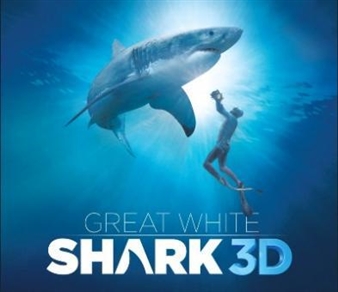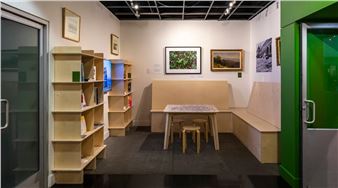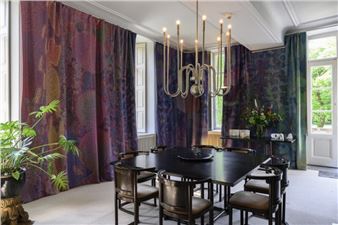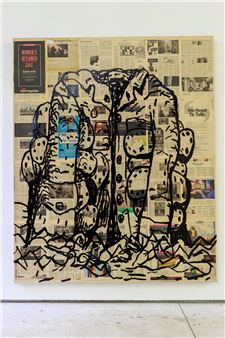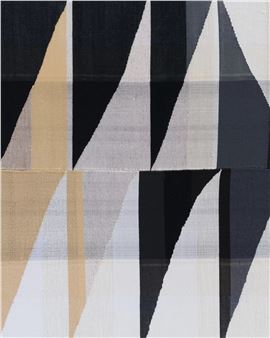Charlotte Eta Mumm & Stéphanie Baechler: Espèces d'Espace
The exhibition Espèces d'espaces brings together two artists who address different types of spaces and spatiality. Stéphanie Baechler and Charlotte Eta Mumm both live and work in Amsterdam. Texture and materiality play an important role in both their practices. They both have a certain preference for clay. This is not unimportant, because although ceramics is not the most prominent discipline in this exhibition, it does inform their handling of the construction and tactility of an image. They chose the title together, after a book by Georges Perec and more specifically after his short introduction, which was intended to be inserted somewhere in the book. His text considers the concept of space concisely, but broadly: an environment in which we find ourselves, which we can observe, but which we rarely subject to deep investigation or reflection.
Any artwork does not consist of only one, two or three dimensions. A work of art is a metaverse in itself. A work of art is a physical presence that adapts depending on the context and space, but also the viewer. The viewer's body enters into a relationship with the physical characteristics of the work and thus indirectly with the artist. Each viewer also has a unique relationship with each work. It is subject to conditions such as scale, mood, background, light, time and of course space. By definition, the architectural context in which we move has an enormous impact on our (sensory and energetic) perception.
In a metaphysical dimension between architecture and existence, Baechler and Mumm find their Berührungspunkt, their touching point (as in: point of contact, but from the German it could also be translated as a ‘point of being emotionally moved’). They experience cracks, gaps, points of friction; things that are stuck, break loose, or collide. As they wander from one space to another, they consider their course and their impact. Their works are not so much about architectural qualities, but about the conditions of life itself: the environment where we are safe, where we can shelter, where we can be ourselves, the space that we are allowed to occupy and furnish, the space that others can take from us. A space of certainty, but also: allowing some space for openness, ambivalence, fluidity, transformation.
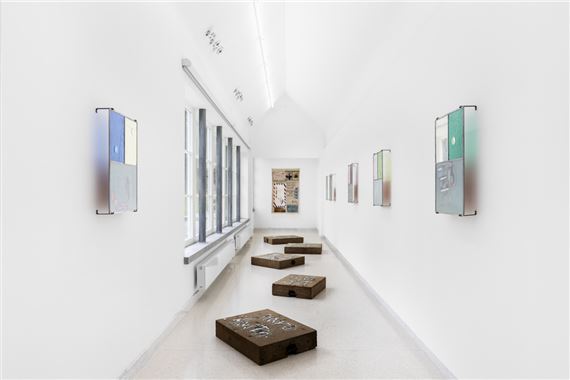
Recommended for you
The exhibition Espèces d'espaces brings together two artists who address different types of spaces and spatiality. Stéphanie Baechler and Charlotte Eta Mumm both live and work in Amsterdam. Texture and materiality play an important role in both their practices. They both have a certain preference for clay. This is not unimportant, because although ceramics is not the most prominent discipline in this exhibition, it does inform their handling of the construction and tactility of an image. They chose the title together, after a book by Georges Perec and more specifically after his short introduction, which was intended to be inserted somewhere in the book. His text considers the concept of space concisely, but broadly: an environment in which we find ourselves, which we can observe, but which we rarely subject to deep investigation or reflection.
Any artwork does not consist of only one, two or three dimensions. A work of art is a metaverse in itself. A work of art is a physical presence that adapts depending on the context and space, but also the viewer. The viewer's body enters into a relationship with the physical characteristics of the work and thus indirectly with the artist. Each viewer also has a unique relationship with each work. It is subject to conditions such as scale, mood, background, light, time and of course space. By definition, the architectural context in which we move has an enormous impact on our (sensory and energetic) perception.
In a metaphysical dimension between architecture and existence, Baechler and Mumm find their Berührungspunkt, their touching point (as in: point of contact, but from the German it could also be translated as a ‘point of being emotionally moved’). They experience cracks, gaps, points of friction; things that are stuck, break loose, or collide. As they wander from one space to another, they consider their course and their impact. Their works are not so much about architectural qualities, but about the conditions of life itself: the environment where we are safe, where we can shelter, where we can be ourselves, the space that we are allowed to occupy and furnish, the space that others can take from us. A space of certainty, but also: allowing some space for openness, ambivalence, fluidity, transformation.

 ARTISTS
ARTISTS









